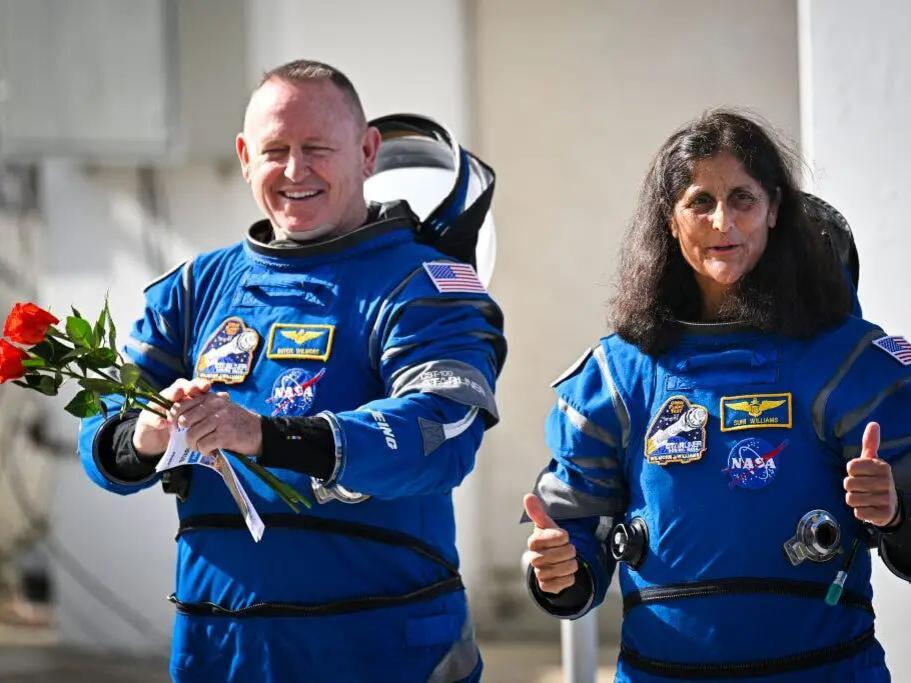Physical Address
304 North Cardinal St.
Dorchester Center, MA 02124
Physical Address
304 North Cardinal St.
Dorchester Center, MA 02124

The Boeing Starliner has a confirmed return date to Earth, set for September 7. However, it will make the journey back without the two astronauts who were on board. NASA announced this mission update on Thursday, detailing the spacecraft’s autonomous return from space.
The uncrewed Starliner will undock from the International Space Station (ISS) and take approximately six hours to reach its landing site at White Sands Space Harbor in New Mexico, where it is expected to touch down around midnight on September 7. Control teams based in Houston and Florida will oversee the mission from their respective centers, ensuring that the spacecraft’s return goes as planned.
Once the Starliner lands, recovery teams will be ready to prepare it for transport back to Boeing’s facility at NASA’s Kennedy Space Center in Florida. This plan follows a recent assessment by NASA, which determined that the Starliner was not suitable for the return of astronauts Suni Williams and Butch Wilmore.
Williams and Wilmore have been aboard the ISS since the Starliner docked there on June 6. Their mission was initially designed to last between eight and ten days, serving as a test of the Starliner’s capabilities for future commercial space travel. However, their return has faced multiple delays largely due to issues with the spacecraft’s thrusters.
Despite being away from their scheduled return, the astronauts have adapted to their extended stay on the ISS. They have integrated well with the station’s crew, participating in various science experiments, conducting tests on the Starliner, and even assisting with maintenance tasks aboard the station.
Currently, Williams and Wilmore are slated to return to Earth aboard a SpaceX Crew Dragon spacecraft in February 2025. During a press conference at the Johnson Space Center in Houston, NASA Administrator Bill Nelson elaborated on the decision to bring the Starliner back without a crew. He emphasized the inherent risks of space travel, stating, “Spaceflight is risky. Even at its safest. Even at its most routine. A test flight, by nature, is neither safe nor routine. So, the decision to keep Butch and Suni aboard the International Space Station, and bring the Boeing Starliner home uncrewed, is a result of a commitment to safety.”
The announcement raised several questions about the progression of the Starliner program and its capability to safely transport crew members. NASA’s choice to prioritize safety in the Starliner’s return reflects a broader commitment to maintaining rigorous standards in space exploration.
With the upcoming missions through SpaceX, NASA continues to foster partnerships that aim to ensure safe and reliable transport for astronauts. These developments point toward a future where commercial space travel plays a critical role in NASA operations and the broader exploration of space.
As the September 7 return date approaches, the spotlight is on Boeing and NASA to ensure a successful and safe landing. The Starliner mission serves not only as a test of technology but also as a critical lesson in the evolving landscape of human spaceflight.
By choosing to prioritize the well-being of astronauts over the timetable of the mission, NASA underscores the importance of cautious exploration in this new era of space travel.
Source: Business Insider



